Born 1905, Rome, Italy, died 1980, Paris, France.
Stanislao Lepri is one of the great unknowns of recent art history. Even during his lifetime, only a selected circle of collectors, art writers and dealers appreciated and presented his work to the public in exhibitions, catalogues and monographs.
Originally Lepri came from a conservative, aristocratic house. His family belonged to the hermetic circle of the “black nobility” in Rome, who were loyally devoted to the Pope. Stanislao, on the other hand, distanced himself from the social constraints of his class, and choose to lead the life of a “peintre maudit” in Paris in a “ménage à trois” with Leonor Fini and the Polish literary figure, Constantin Jelenski, a life which completely freed him from all restricting conventions.
He was capable of creating an utterly strange metaphysical and magical world, a world not only filled with dreamlike, melancholic exoticism and ubiquitous demonic powers, pervaded with satirizing irony and despair, but also with deep human emotion. The certainties and dogmas of the past, he makes clear, have lost their validity. What remains are the governing powers of fate that act on everything and against which Lepri’s protagonists are helplessly pitted on the enigmatic stage of their lives. Nothing is as it seem, and in order to grasp reality in its true form, the painter draws mythical visions of another, an extra-real metaphysical world beyond the real appearances in the forms of reality itself. Stanislao Lepri is the author and creator of utterly strange, metaphysical extra-worlds, ultramondi metafisici, in which he raises “the unbelievable, the ambiguous, the contrary, the dark metaphor, the allusion, the astute, the sophism” to symbolic figures of a new, seemingly hermetically coded reality pervaded with mysteries that still hold a deep, inner truth: of these there are not only one, but several, indeed, countless mutually contradicting truths, all of them with their own legitimacy. The world is a labyrinth that eludes every simple, rational, uncomplicated penetration.
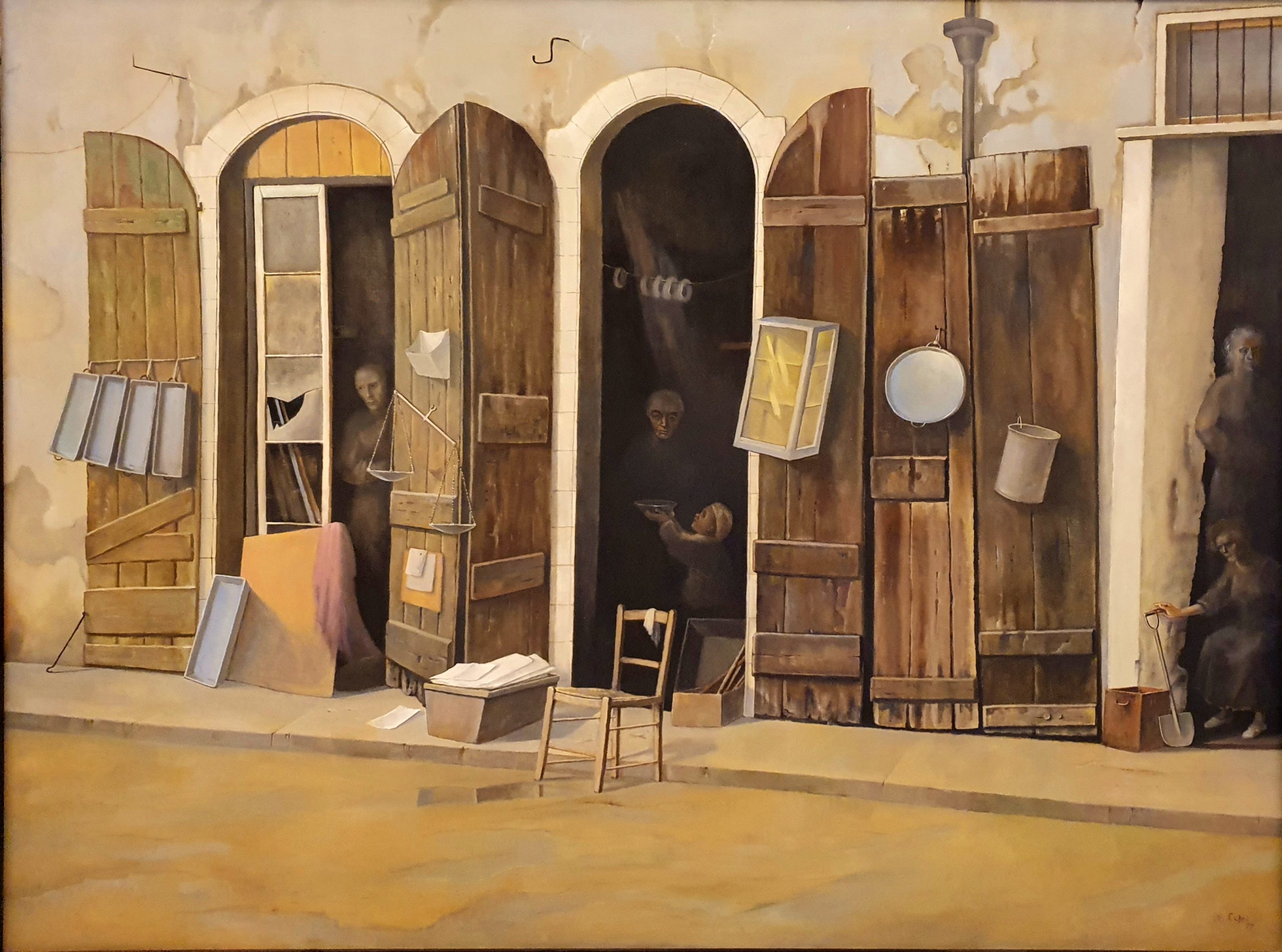
PAINTINGS
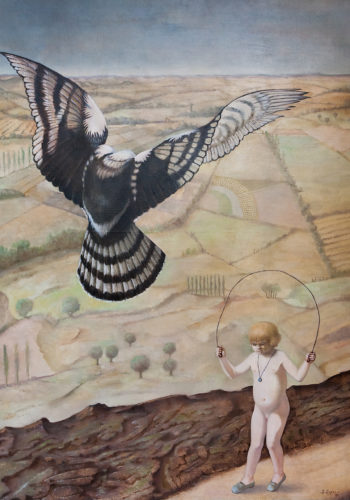
La Leçon de Vol, 1978
Oil on canvas
100 x 73 cm

L’Apprentissage, 1977
Oil on canvas
100 x 82 cm
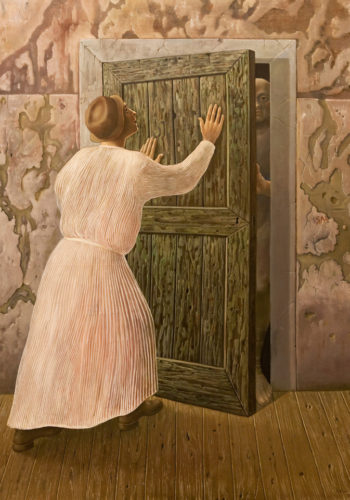
Condamnation, 1977
Oil on canvas
100 X 73 cm
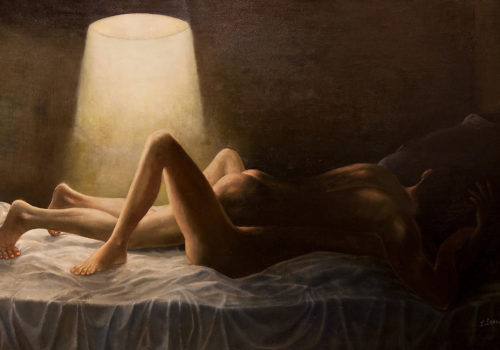
Le Couple, 1965
Oil on canvas
65 x 101 cm
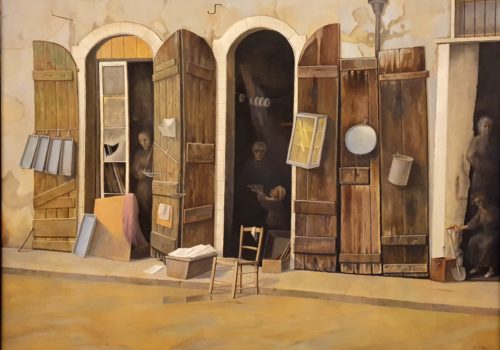
Brocante, 1977
Oil on canvas
97 X 132 cm

L’Après-Midi d’une Poule, 1969
Oil on canvas
65 x 92 cm
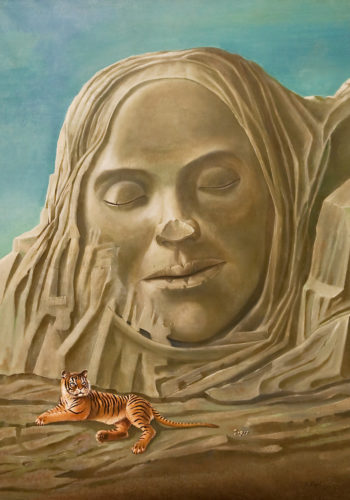
Le Gardien, 1975
Oil on canvas
100 X 73 cm

Le Géant Surveillé, 1976
Oil on canvas
73 x 92 cm
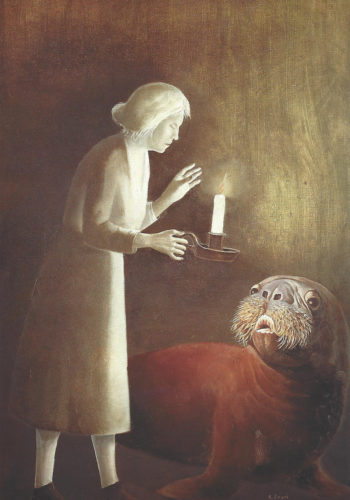
Langage Nocturne, 1975
Oil on canvas
74 x 51 cm
DRAWINGS
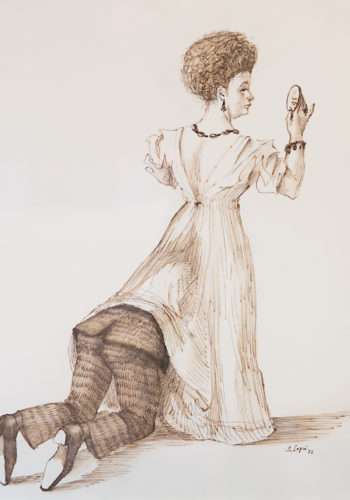
La Porte de Secours, 1972
Ink on paper
40,3 x 33 cm
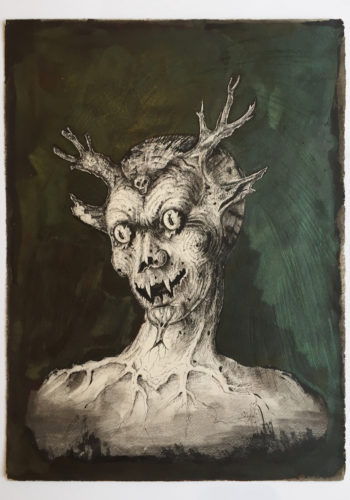
Le Diable Vampire, 1978
Ink and oil on paper
43,5 x 32 cm
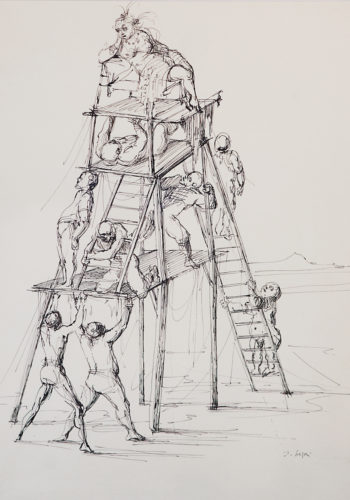
La Pyramide, 1959
Ink on paper
41 x 32 cm
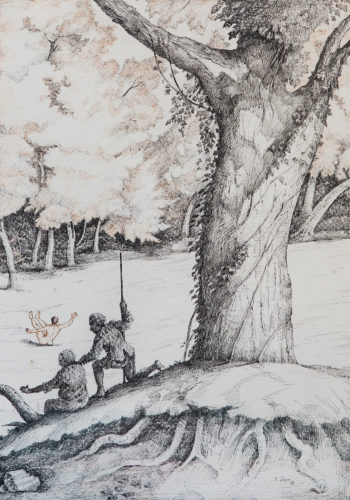
La Ronde de Printemps, 1978
Ink on paper
39 x 28 cm
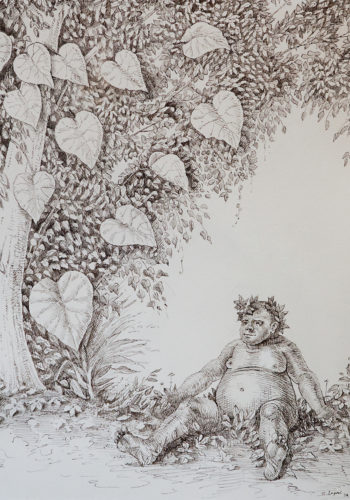
Bacchus, 1972
Ink on paper
53 x 45 cm
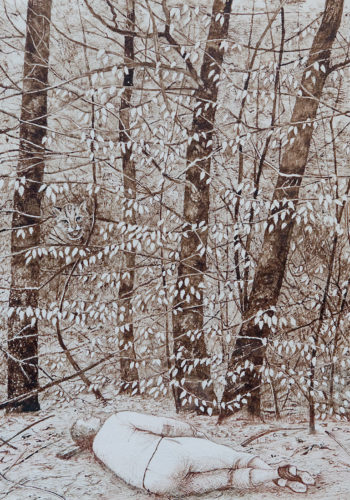
Rencontre dans le Forêt, 1980
Ink on paper
66 x 58 cm
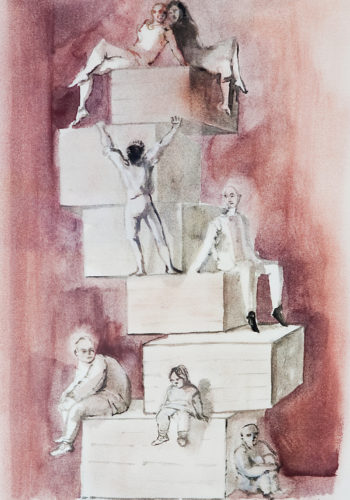
La Tour, 1968
Ink and watercolor on paper
41 x 31 cm
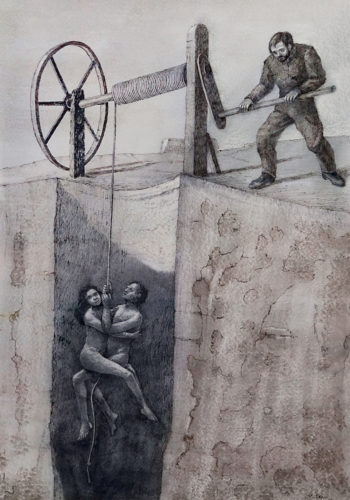
Le Puit des Amours,
Ink on paper
39 x 28 cm
MUSÉES ET COLLECTIONS
STAGE WORKS
1958
Ménagerie, Ballet (sur le thème de “Lulu” de Wedekind). Musique de Klebe. Chorégraphie de Tatiana Gsowski. Opéra de Berlin-Ouest
Die Letze Blume, Ballet. Musique de Nicolas Nabokov. Chorégraphie de Tatiana Gsowski. Opéra de Berlin Ouest
Apollon Musagète, Ballet. Musique de I. Stravinsky. Chorégraphie de Tatiana Gsowski. Opéra de Berlin-Ouest
Les Carabiniers de B. Joppolo. Adaptation de J. Audiberti. Mise en scène de Michel de Ré. Théâtre de l’Alliance Française
1957
Armida de Lulli pour le Grand Théâtre de Bordeaux. Mise en scène de M. Lalande
1953
Chi è di Scena?Spectacle-revue de Anna Magnani. Décors (costumes de Leonor Fini)
1950
Armida de Lulli. Mai Florentin. Théâtre Municipal de Florence. Costumes (décors de F. Clerici)
1949
L’Oeuf à la Coque, Ballet. Musique de Maurice Thiriet. Chorégraphie Roland Petit. Ballets de Paris. Théâtre Marigny
1946
Les Blanchisseuses, Ballet. Musique de Vernon Duke. Chorégraphie Boris Kochno. Compagnie des Ballets des Champs-Elysées
MUSEUMS AND COLLECTIONS
Musée d’Art Moderne de la Ville de Paris, France
Museum of Modern Art, NYC, USA
Galleria Nazionale d’Arte Moderna, Rome, Italie
Musée d’Art Moderne, Lodz, Poland